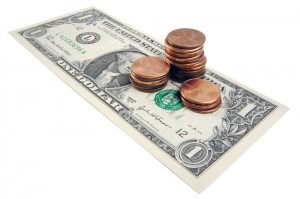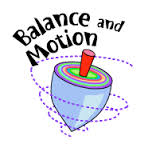Posted by kavery508 | Posted in Uncategorized | Posted on March 24, 2014
![]() Term 3 has begun! Report cards will come home next Monday. While many of the descriptors are self-explanatory (e.g. the math section), others are not. Reading on grade level at this time means reading independent level 12 texts. You will see your child’s level in the comments section of the report card. To be considered exceeding (a report card score of 4), students should be reading levels 20-24 independently. Regarding the subtraction and addition facts descriptors, a score of 3 (proficient) is given to students who are on level 7 up to level 11, while a score of 4 reflects progress on quizzes above that. In writing, a 3 is given when students regularly write independently several complete and thoughtful sentence on-topic and in a logical progression, with correct upper/lowercases and periods most of the time.
Term 3 has begun! Report cards will come home next Monday. While many of the descriptors are self-explanatory (e.g. the math section), others are not. Reading on grade level at this time means reading independent level 12 texts. You will see your child’s level in the comments section of the report card. To be considered exceeding (a report card score of 4), students should be reading levels 20-24 independently. Regarding the subtraction and addition facts descriptors, a score of 3 (proficient) is given to students who are on level 7 up to level 11, while a score of 4 reflects progress on quizzes above that. In writing, a 3 is given when students regularly write independently several complete and thoughtful sentence on-topic and in a logical progression, with correct upper/lowercases and periods most of the time.
 Our CAFE focus this week is on Determining Important Parts of Text. In a sense, this is what we as busy adult readers do all the time. Both fiction and nonfiction texts have an abundance of words in them. Some are just part of the format of language, and others are really what the text is all about. Kids need to be taught to sift through the words in texts to pull out what is important and separate it from what is simply nice to know. At home, you can practice with homework books or with read-alouds. Try pausing after _____ (a page; a few pages; a chapter) and asking “What was the important part of what you/we just read? Why do you think that is? What does this have to do with _____ (the title; article heading; main idea/plot)?”
Our CAFE focus this week is on Determining Important Parts of Text. In a sense, this is what we as busy adult readers do all the time. Both fiction and nonfiction texts have an abundance of words in them. Some are just part of the format of language, and others are really what the text is all about. Kids need to be taught to sift through the words in texts to pull out what is important and separate it from what is simply nice to know. At home, you can practice with homework books or with read-alouds. Try pausing after _____ (a page; a few pages; a chapter) and asking “What was the important part of what you/we just read? Why do you think that is? What does this have to do with _____ (the title; article heading; main idea/plot)?”
 In preparation for literacy night here on April 4, we will be producing writing pieces for display. Students will choose a topic related to spring, and a genre of writing we have learned (opinion, narrative, poetry, informational). We will work on these this week and create final drafts next week!
In preparation for literacy night here on April 4, we will be producing writing pieces for display. Students will choose a topic related to spring, and a genre of writing we have learned (opinion, narrative, poetry, informational). We will work on these this week and create final drafts next week!
 Unit 8 in Everyday Math brings together concepts learned so far related to place value, coins and exchanges, addition and subtraction and number sense and ties it all together with money. In our world of e-commerce, kids don’t often get opportunities to practice counting coins and figuring out change. It can help at home to have a “bank” (something easy to get into, like a jar) with coins and dollar bills. Try writing price tags under a dollar with your child and placing them on items in the home (incidentally this is a good economics lesson too: Which items would you price higher? Why do they have greater value?). Kids can then go shopping and combine coins and/or bills when it’s “checkout” time. Here are some online games to reinforce the same: http://www.kidsmathgamesonline.com/money.html
Unit 8 in Everyday Math brings together concepts learned so far related to place value, coins and exchanges, addition and subtraction and number sense and ties it all together with money. In our world of e-commerce, kids don’t often get opportunities to practice counting coins and figuring out change. It can help at home to have a “bank” (something easy to get into, like a jar) with coins and dollar bills. Try writing price tags under a dollar with your child and placing them on items in the home (incidentally this is a good economics lesson too: Which items would you price higher? Why do they have greater value?). Kids can then go shopping and combine coins and/or bills when it’s “checkout” time. Here are some online games to reinforce the same: http://www.kidsmathgamesonline.com/money.html
 In science this week we will wrap up our balance and motion unit by creating tops and other spinners, designing them with the physical properties in mind that we have learned through exploration this term.
In science this week we will wrap up our balance and motion unit by creating tops and other spinners, designing them with the physical properties in mind that we have learned through exploration this term.

